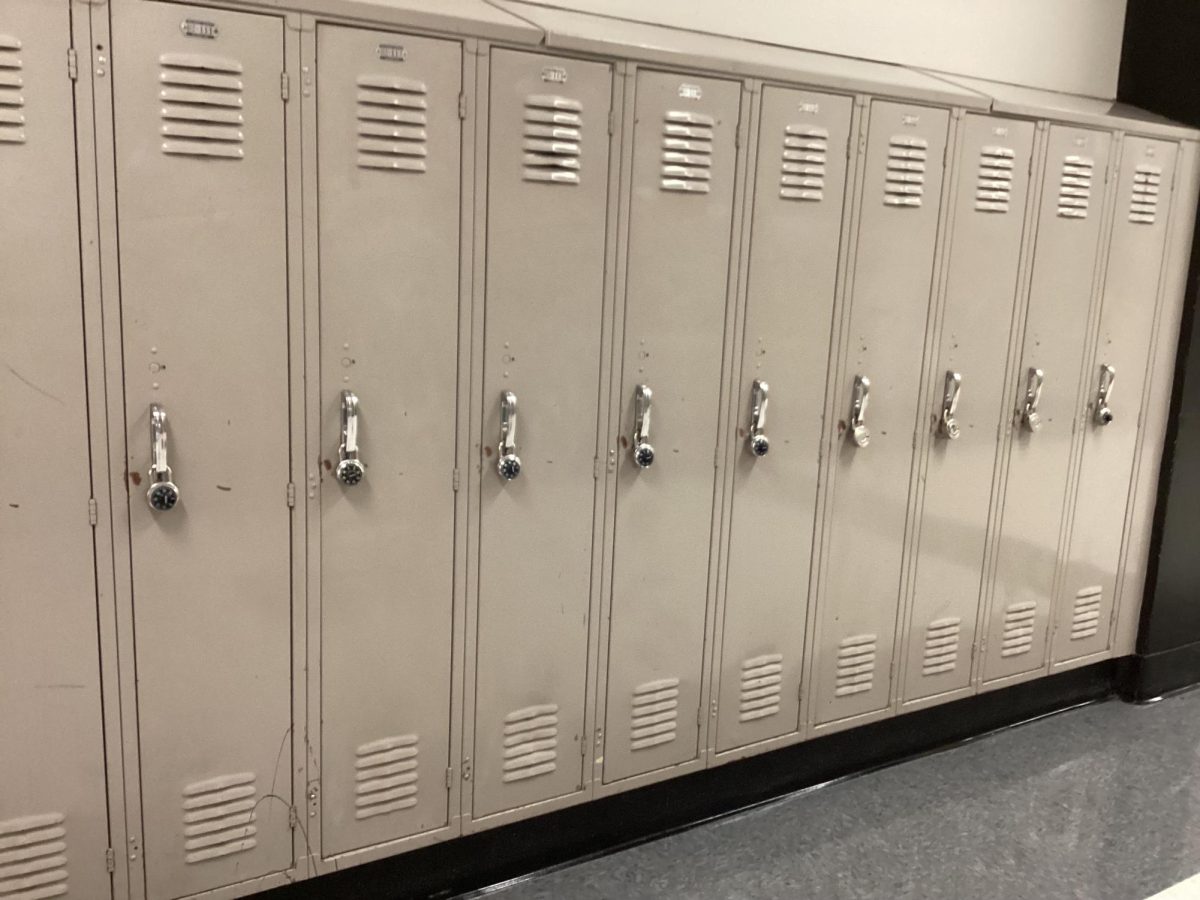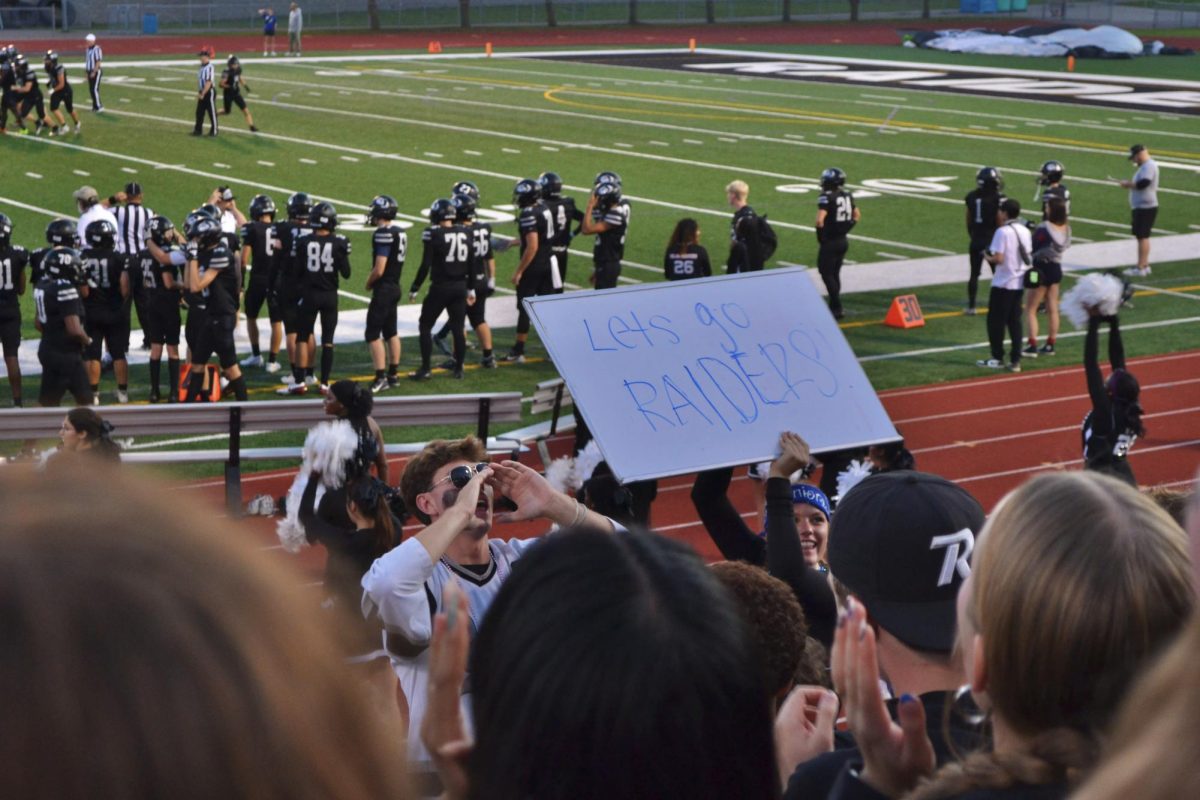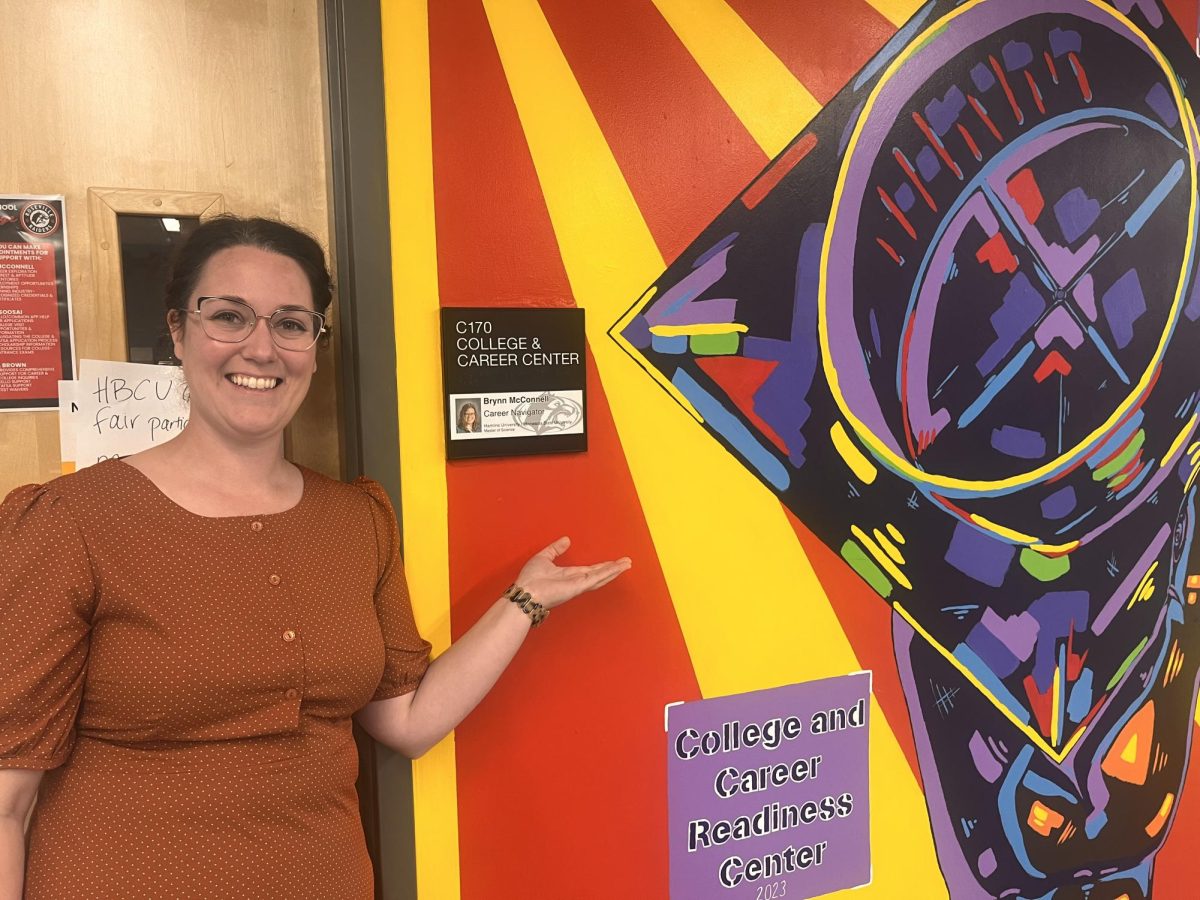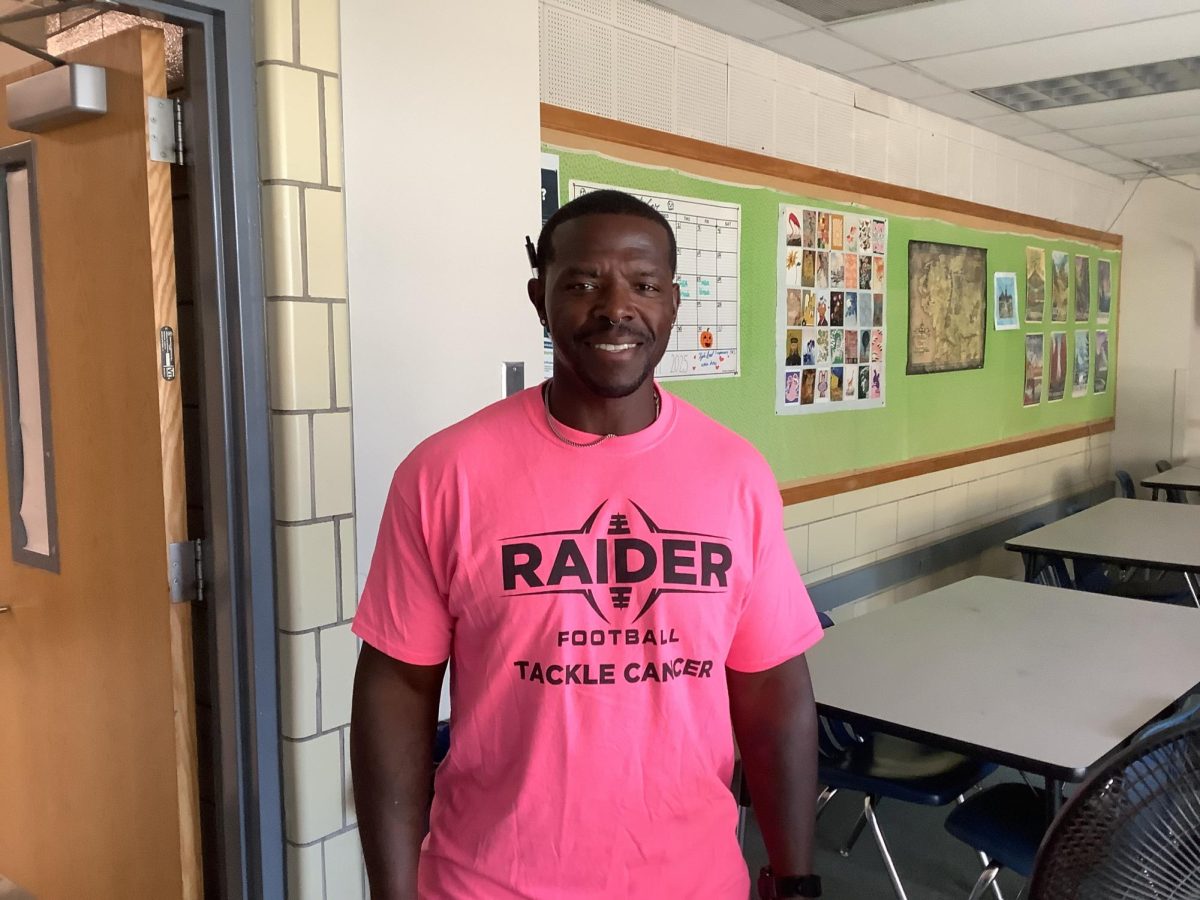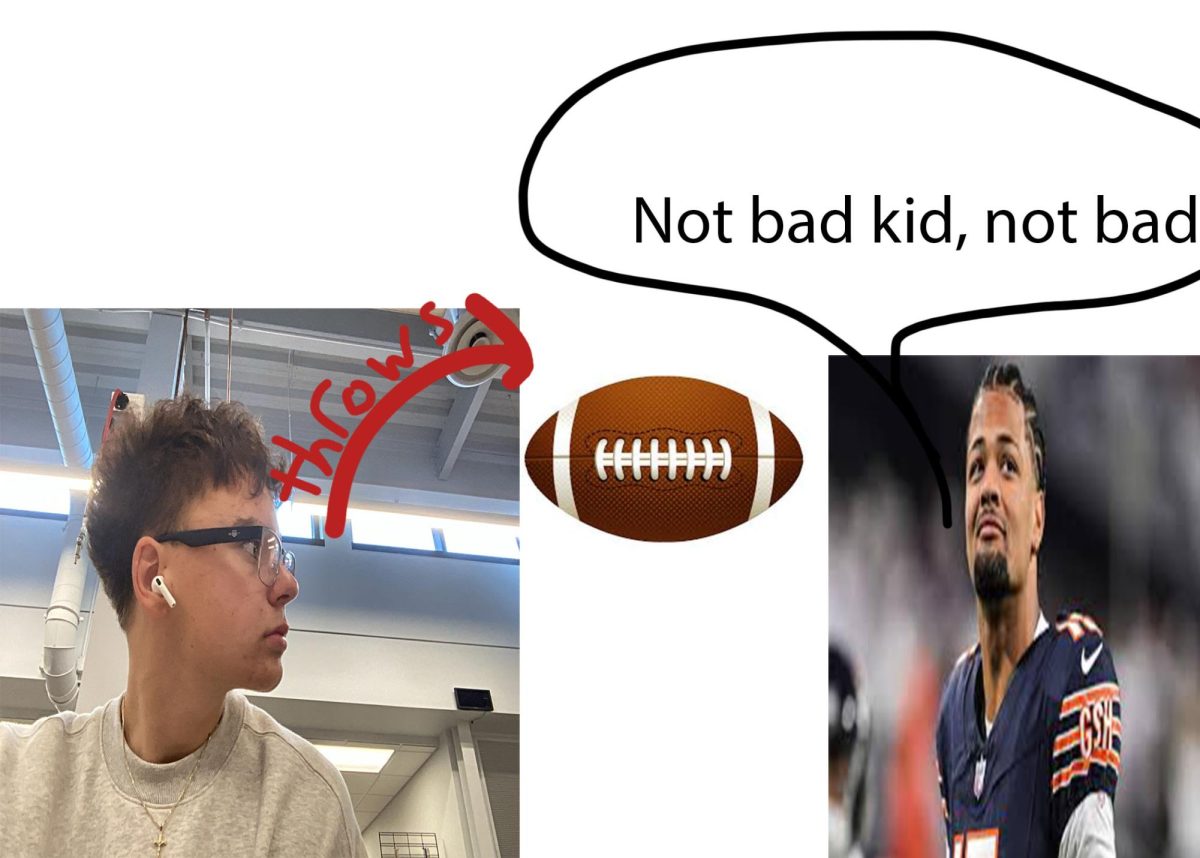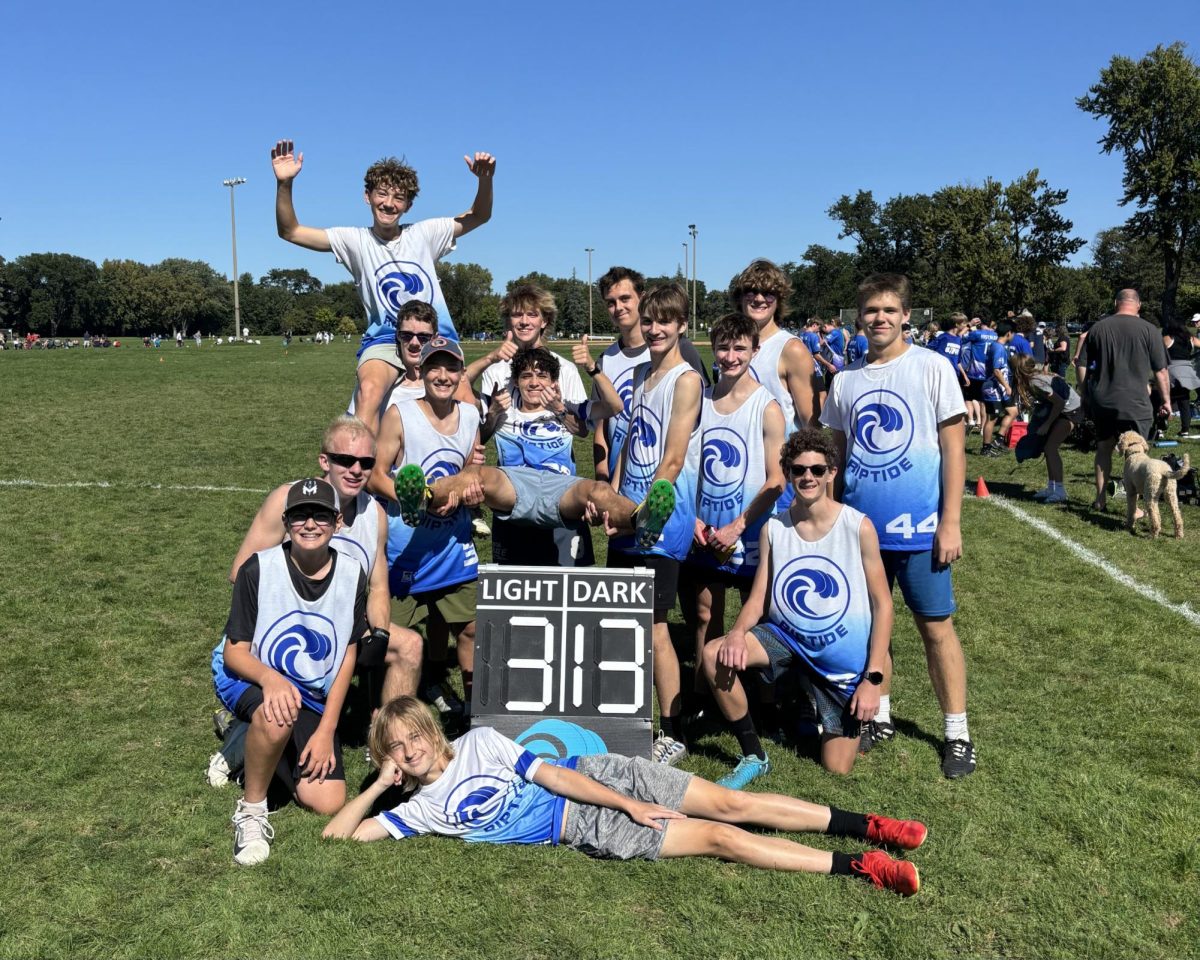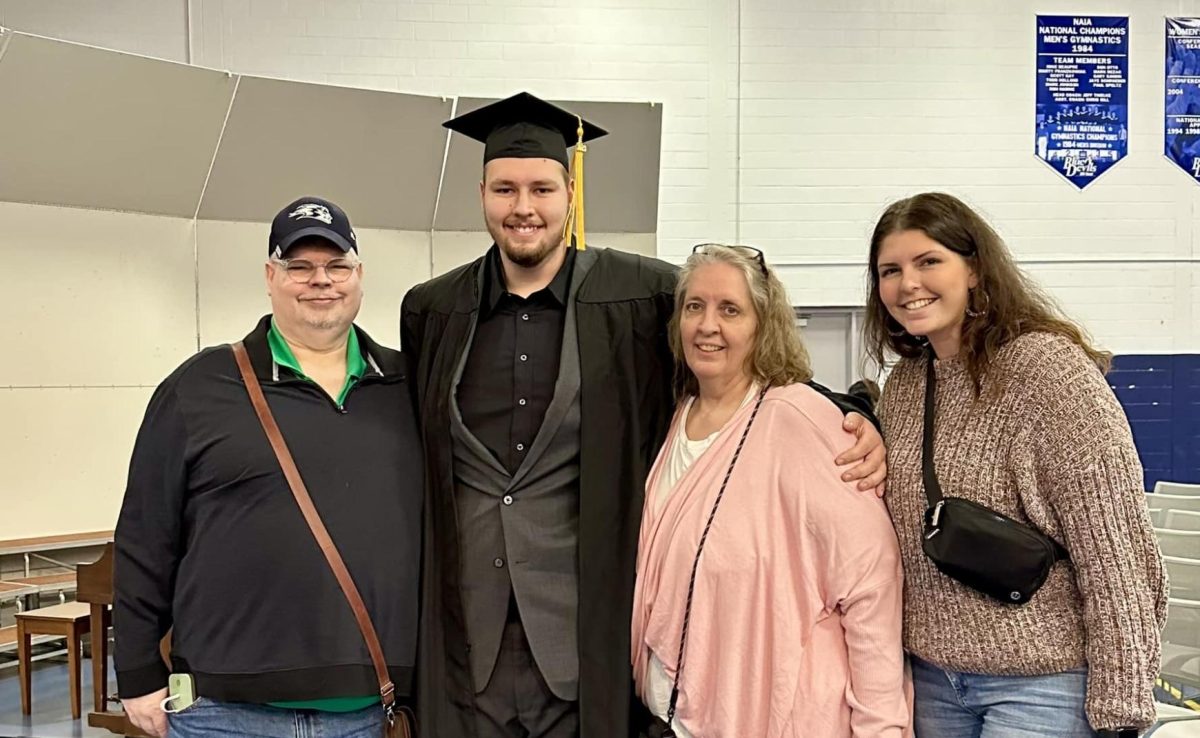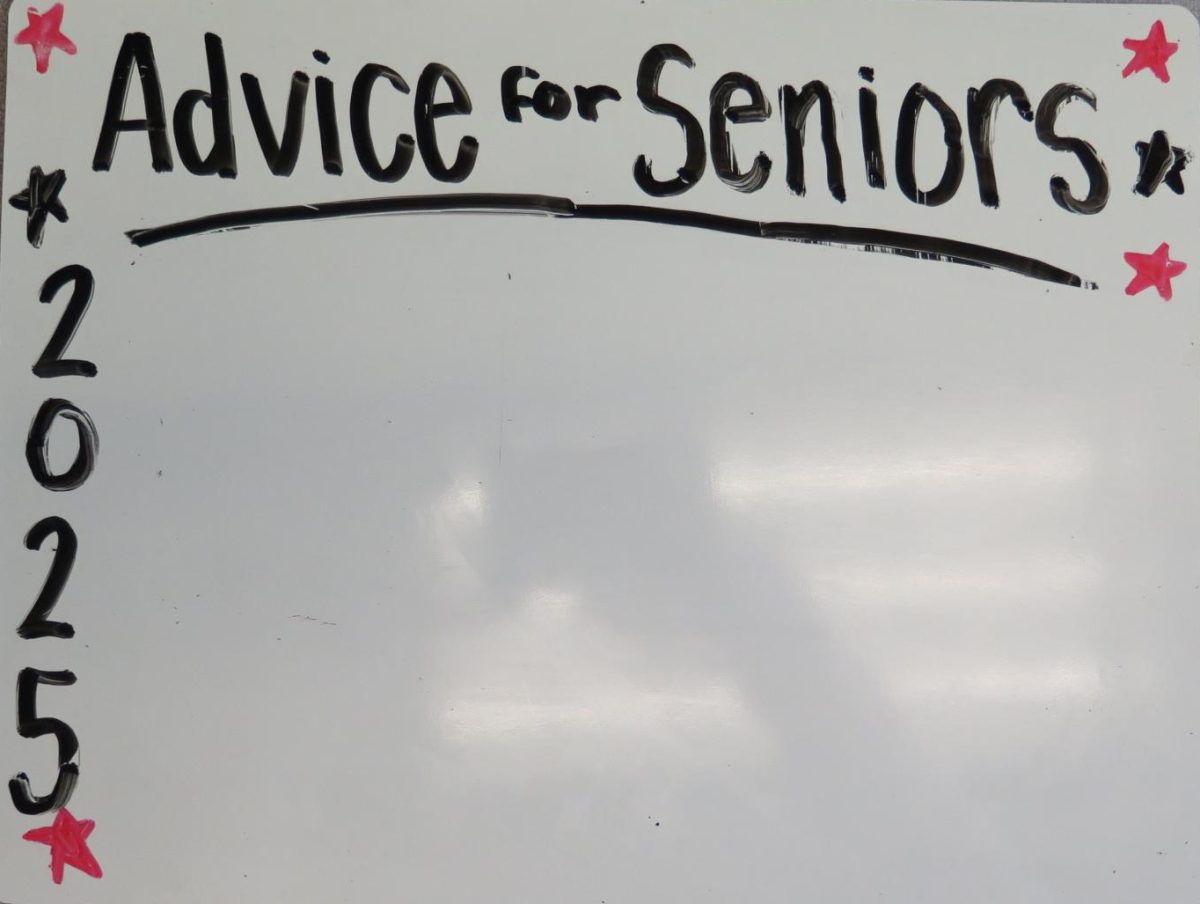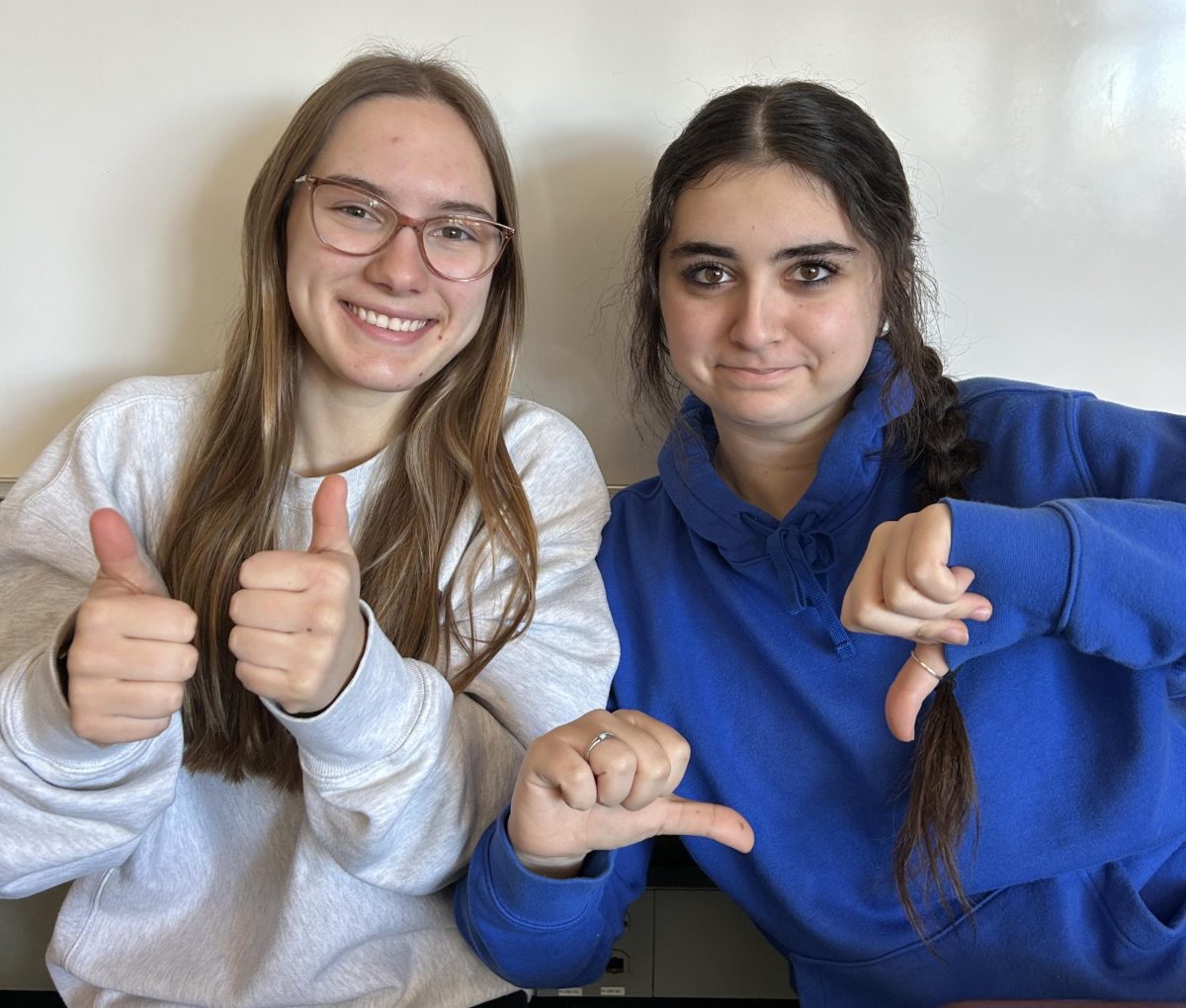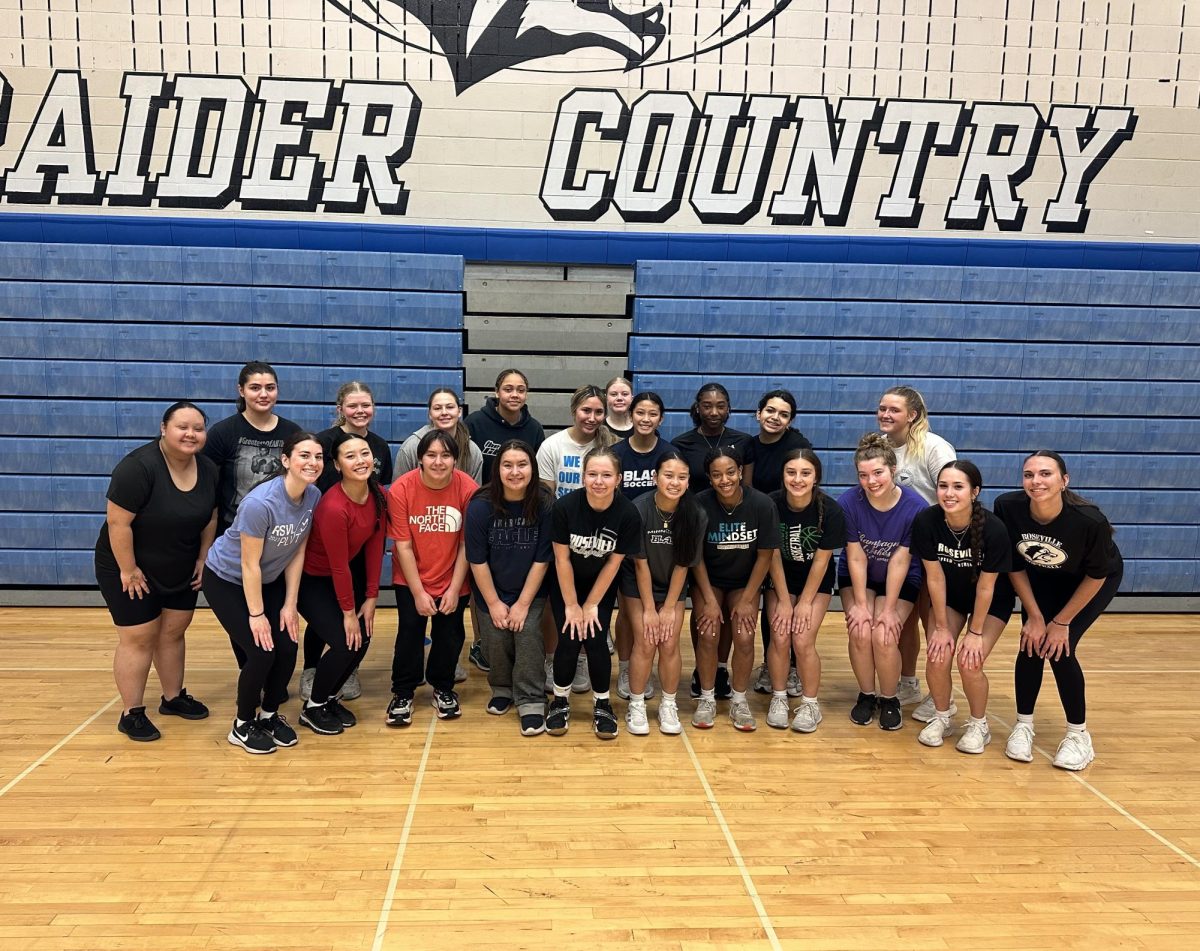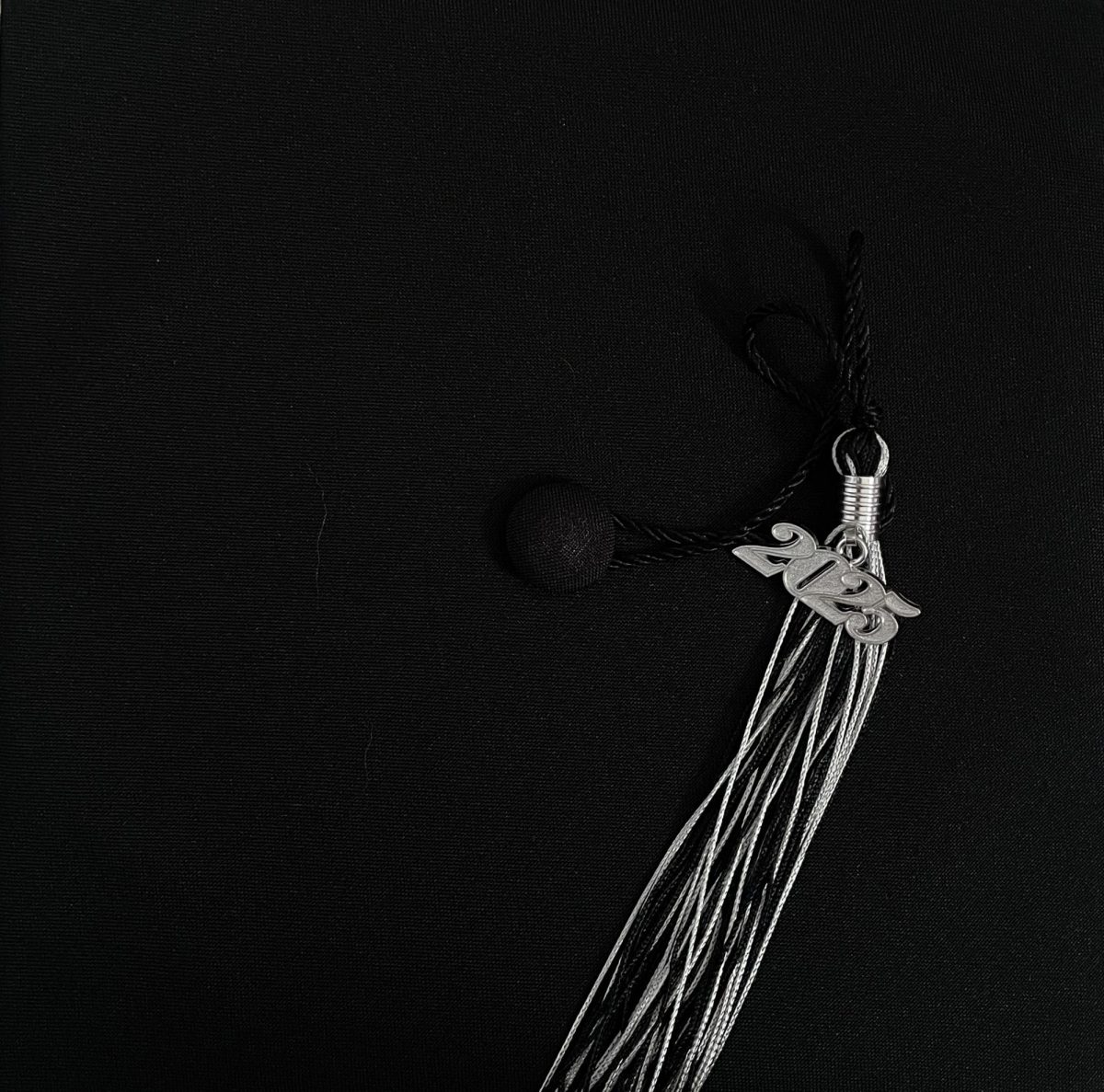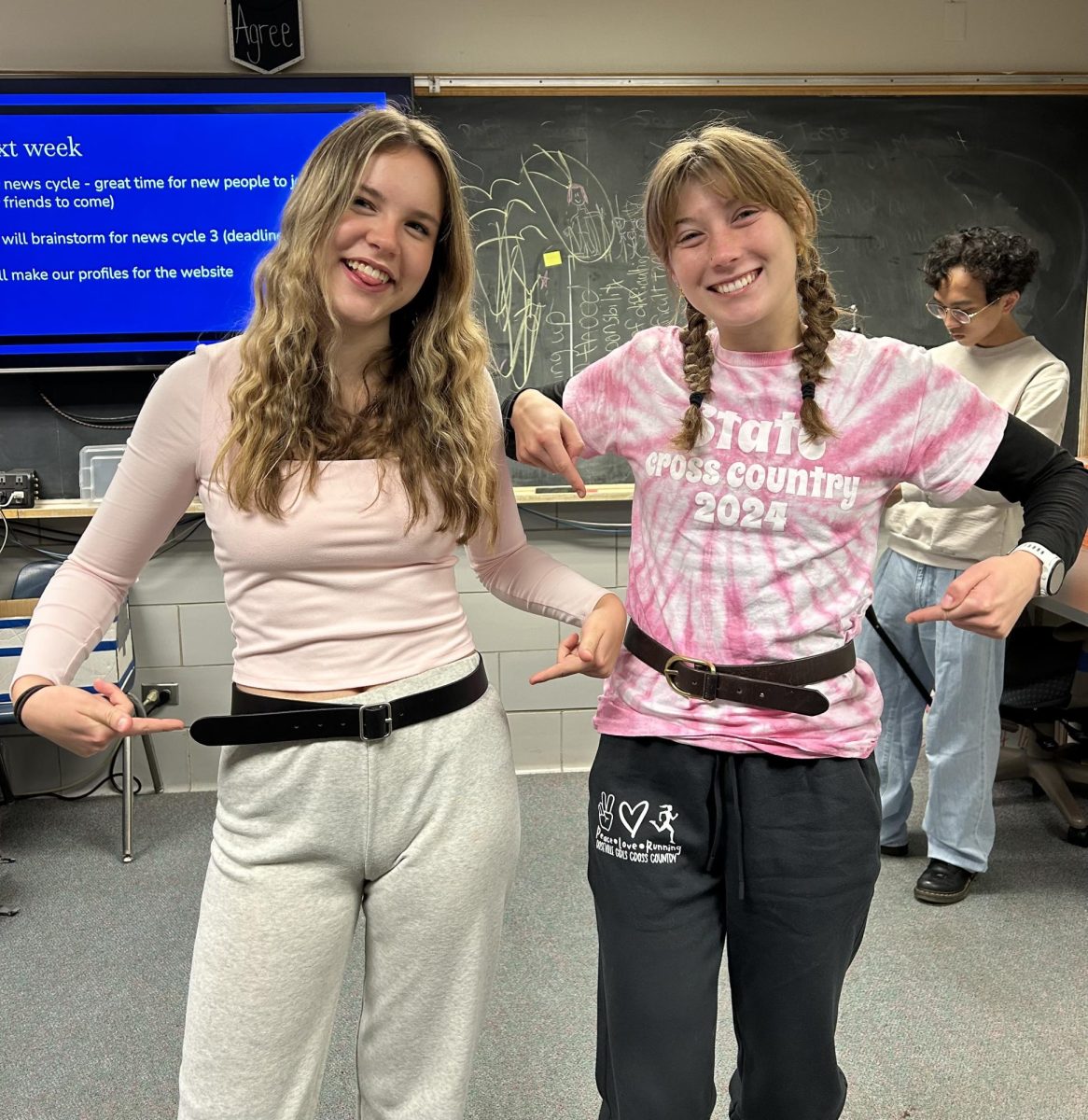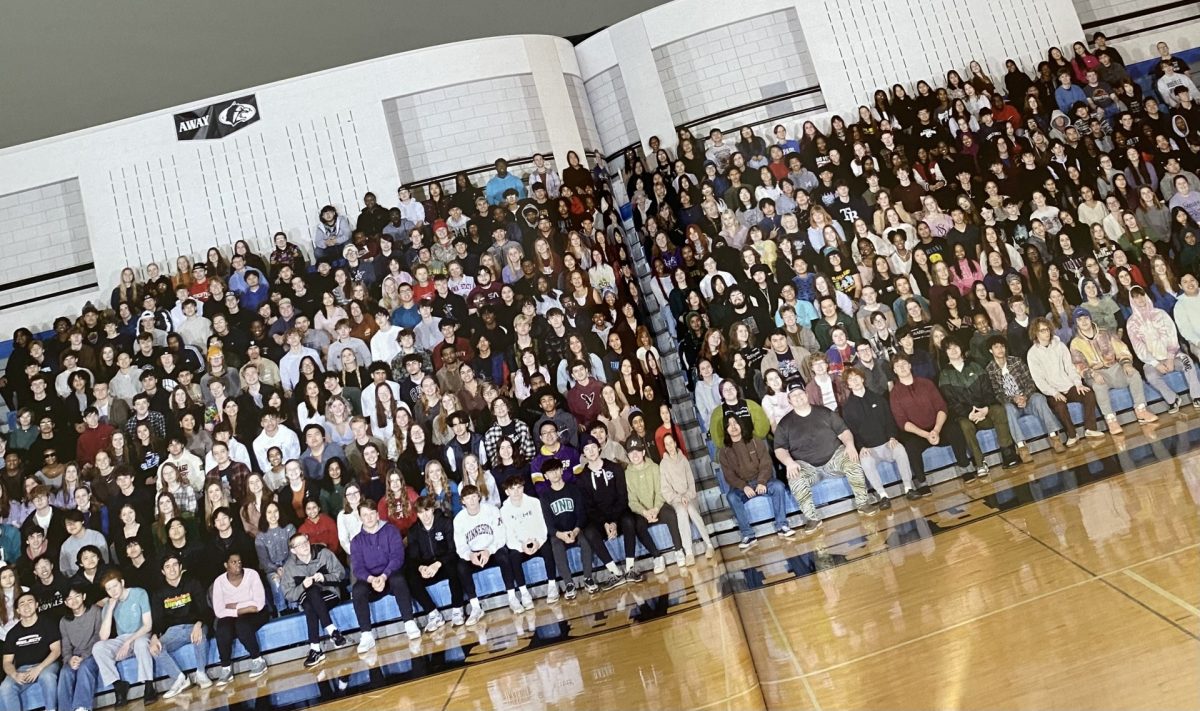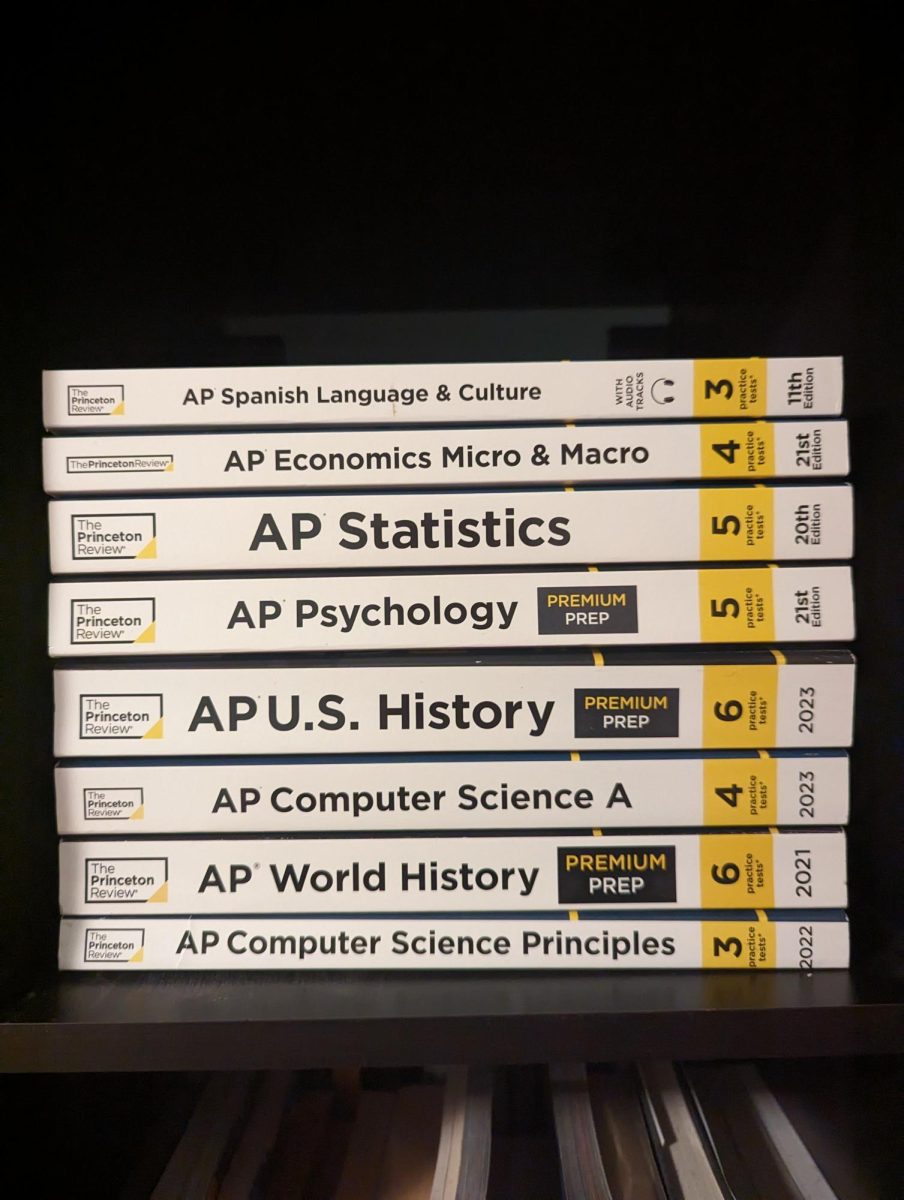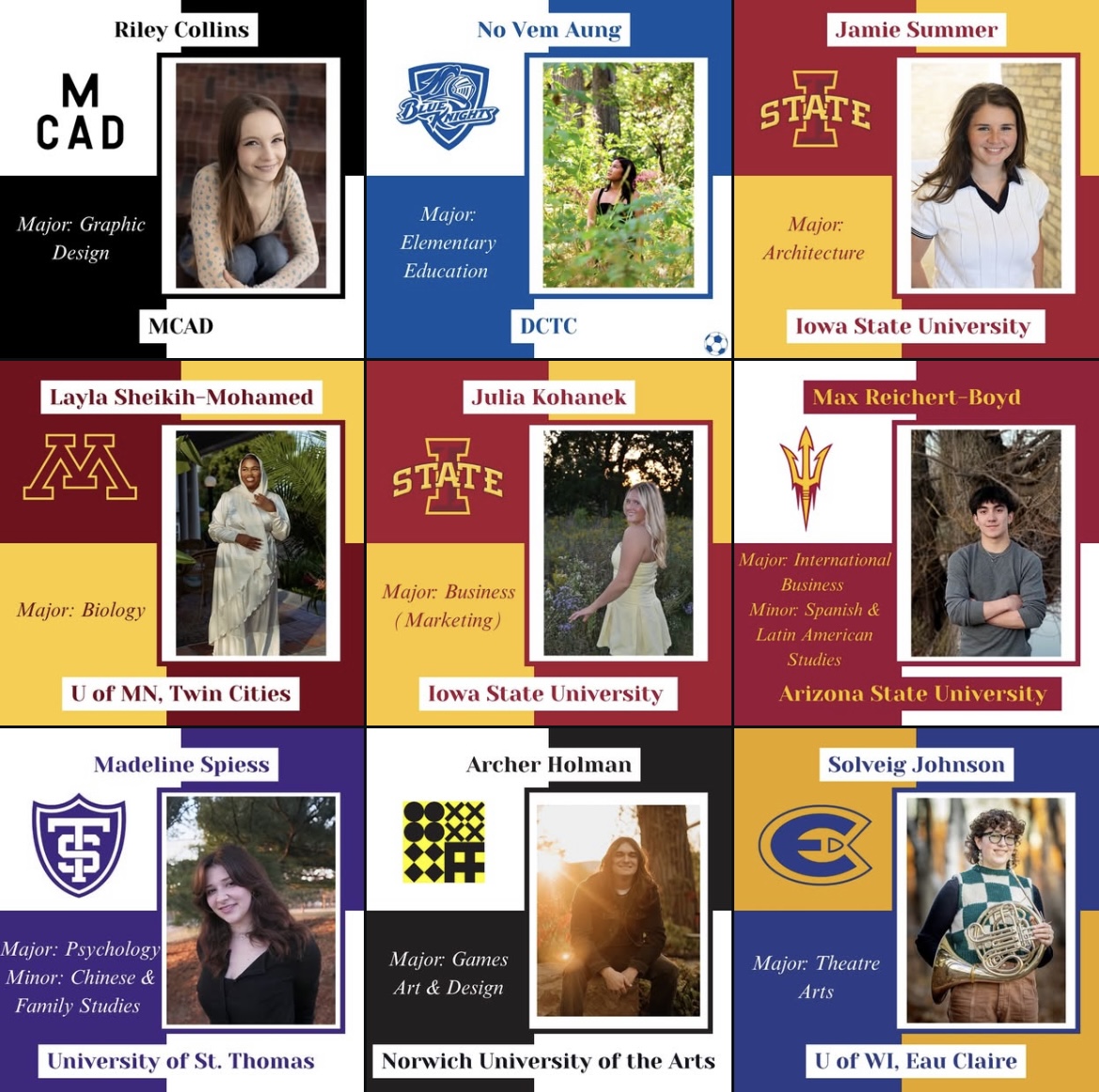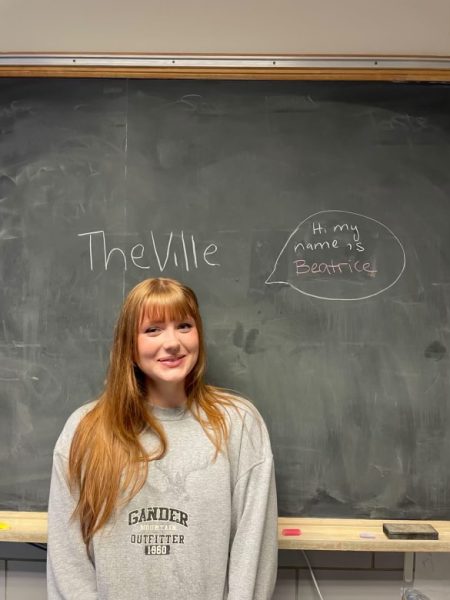The time has finally come for RAHS’s class of 2025 to graduate. As the school year comes to an end, seniors are finalizing plans for next year and beyond—some attending college, working, interning, traveling, and more. But what influenced these post-graduation decisions? Six of the school’s seniors were kind enough to share their experiences and thought processes behind what they plan to do next year and why.
Oftentimes, one’s community plays an extremely significant role in what they end up pursuing after high school. Your family impacts your financial situation, and may even have a say in where you end up and what you are doing. They are also an extremely important resource for support.
Louisa Cherry (12) explained how her family has been, “supportive of [her] decisions and helped [her] throughout the college application process.” Cherry will be attending the University of Manitoba where she will major in Graphic Design.
Additionally, the teachers and organizations at your school and in your community typically know you the best academically, and may have recommended a particular school or career path, or written you a letter of recommendation.
Ayanna Churcher (12) said that, “AVID has helped [her] with finding job opportunities to save money post-grad.” AVID is a college-readiness program available at RAHS that offers different learning strategies, opportunities for rigorous coursework, and support for students. Churcher plans to attend Augsburg University in the fall, majoring in Urban and Environmental Studies.
In terms of finances, many students would agree that money plays a large role in their plans after high school. Some choose to take a gap year or semester before college to save money, while others choose to head straight into the workforce.
Alessandra Morales (12) currently plans to take a gap semester before attending college, and will be, “[working] the rest of the year to alleviate some of the financial stress.”
Similarly, many students choose to take out loans and utilize scholarships to make college more accessible. PSEO is also an option that many high school students choose to do, and many end up saving thousands of dollars in transferable credits.
Churcher says, “I didn’t think I could afford Augsburg, but because of my accumulated PSEO credits and the scholarships I’ve won I’m able to justify the price of an Augsburg education.”
Larissa Doran (12) agreed that, “doing PSEO impacted [her] a lot choosing what [she] wants to do.” Doran will be attending Century College with a major in Earth Sciences.
Although they are unfortunately limited, some colleges do offer generous financial aid services. Many schools offer merit-based scholarships and grants that are awarded based on a student’s academic record, as well as culture and family-based scholarships for first generation students or students of color to name a few. Additionally, work-study is an option given to some students, where they can work on campus for funds that will go towards their tuition.
Annika Wilkowske (12) explained how, “[She] got great financial aid from St. Olaf and [her] parents and grandparents have saved money so [she] won’t have many loans for the first two years.” Wilkowske will be attending St. Olaf College and majoring in English.
Churcher also agreed that her scholarships from Augsburg University were part of what made it possible to attend.

